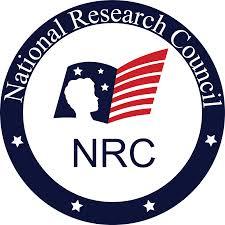Ergonomics – The Science
The Science Supporting the Standard

A substantial body of scientific evidence supports OSHA’s effort to provide workers with ergonomic protection (see the Health Effects, Preliminary Risk Assessment, and Significance of Risk sections of this preamble, below). This evidence strongly supports two basic conclusions: (1) There is a positive relationship between work-related musculoskeletal disorders and workplace risk factors, and (2) ergonomics programs and specific ergonomic interventions can reduce these injuries.
For example, the National Research Council/National Academy of Sciences found a clear relationship between musculoskeletal disorders and work and between ergonomic interventions and a decrease in such disorders. According to the Academy, “Research clearly demonstrates that specific interventions can reduce the reported rate of musculoskeletal disorders for workers who perform high-risk tasks” (Work-Related Musculoskeletal Disorders: The Research Base, ISBN 0-309-06327-2 (1998)). A scientific review of hundreds of peer-reviewed studies involving workers with MSDs by the National Institute for Occupational Safety and Health (NIOSH) also supports this conclusion.
The evidence, which is comprised of peer-reviewed epidemiological, biomechanical and pathophysiological studies as well as other published evidence, includes:
- More than 2,000 articles on work-related MSDs and workplace risk factors;
- A 1998 study by the National Research Council/National Academy of Sciences on work-related MSDs;
- A critical review by NIOSH of more than 600 epidemiological studies (1997);
- A 1997 General Accounting Office report of companies with ergonomics programs; and
- Hundreds of published “success stories” from companies with ergonomics programs;
- Taken together, this evidence indicates that:
- High levels of exposure to ergonomic risk factors on the job lead to an increased incidence of work-related MSDs;
- Reducing these exposures reduces the incidence and severity of work-related MSDs;
- Work-related MSDs are preventable; and
- Ergonomics programs have demonstrated effectiveness in reducing risk, decreasing exposure and protecting workers against work-related MSDs.
